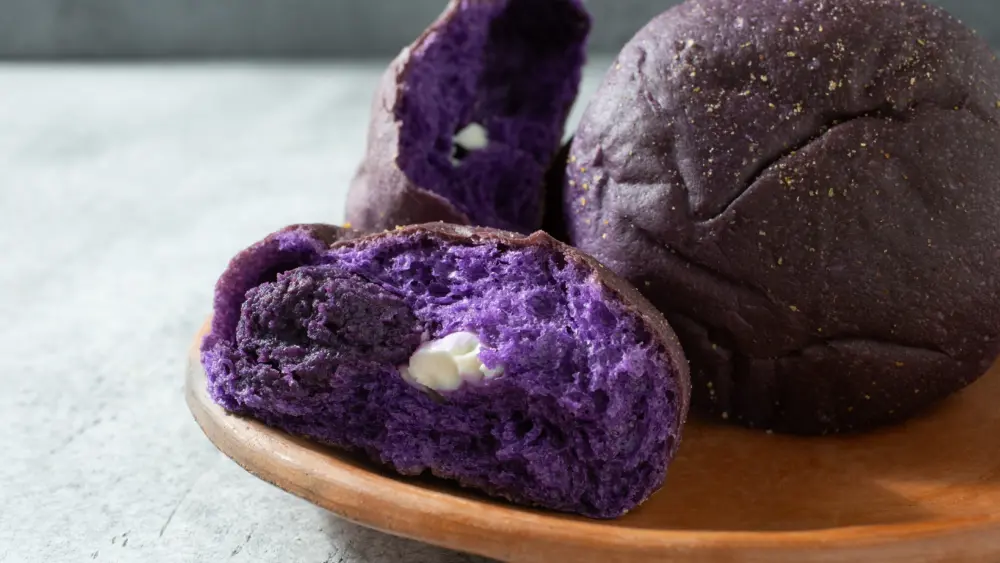Every January, I make the requisite New Year’s resolutions, alongside all my compadres who vow, “This year will be different!” Wardrobes will be refashioned, budgets slashed, calories curtailed, and alcohol consumption, cut. Come February, most of the rah rah rahs and can-do attitudes are kicked to the wayside. Except for one, according to research from market analysis company, IWSR, which cited in a 2019 roundup, that 52 percent of U.S. surveyed consumers want to reduce alcohol consumption. Beverage companies are at the ready to make this resolution, a reality, with an avalanche of low- to no-alcohol beverages.
Ever since my days in New York City, I’ve heralded the perks of seltzer. The perfect counter to soda, with all the fizz and none of the calories, but when I made my way westward 20 years ago, the drink was hard to come by. Unlike today, when grocery and convenience stores are swimming with seltzer, with a bevy of brand and flavor options to choose from. I like to credit myself with not only bringing seltzer to the Left Coast, but also for the rise of its spiked side kick. My friends and I foretold the future when we guzzled flavored vodka and sodas like it was water. Decades later, spiked seltzer went global thanks to Millennials and Gen Zs, who unlike my friends and I, care less about catching a good buzz, and more about finding healthy ways to imbibe. This could explain the meteoric rise of hard seltzer. White Claw, a leader in the space, saw sales quadruple, up from $158 million in 2018, to $627.2 million in 2019. In a 2019 Bloomberg report, Nielsen’s VP of beverage and alcohol practice, Danelle Kosmal, had this to say about the less boozy kids on the block, “Alcohol drinkers are becoming more and more concerned about health and wellness, and are becoming more involved in mindful drinking. Hard seltzers are meeting these consumer needs.”
At the 2019 Wine Market Council meeting, execs from Nielsen revealed that 31 percent of younger consumers are drinking less alcohol. These consumers are turning to low- to no-alcohol wines, low carb and calorie drinks, organic low sulfite wines, gluten free, paleo-friendly options, and more reduced sugar and natural beverage choices. This movement towards better-for-you beverages presents an interesting challenge for marketeers, who’ve fought hard to capture.
Millennial dollars, especially given the coveted demo set is about to get dethroned. Bloomberg reported that by the end of 2019, the Gen Z population will have surpassed Millennials and Baby Boomers, to make up more than one-third of the population.
While both Millennials and Gen Zs are infamous for their proficiency in tech and social media, these two demo sets are not created equally. Millennials grew as mobile technology evolved, whereas Gen Z was technically enabled from the get go. Gen Z is also more likely to choose low- and no-alcohol drinks than earlier generations, which surprisingly or not, has in no way tempered their ability to spend. New data from the NPD Group, estimated Gen Z spending at $29 billion to $143 billion, which will easily surpass spending from the Millennial generation. Why should marketers care? NPD food industry advisor, David Portalatin, shared the reasons why in a news release: “Gen Zs can FaceTime their friends, text their moms and order a pizza all at the same time. Although we’re just getting a peek at what Gen Zs will bring to our culture, economy and society, this generation will be a seismic force as they emerge into adulthood under more prosperous economic circumstances, yet with their own differentiating set of values.
Gen Z at a glance
I got my own glimpse into the Gen Z mind last year at Sonoma State’s Wine Business Institute Research Summit. When it came to wine marketing preferences, respondents wanted to see more web-based commercials and ads on YouTube and were also looking for more visual wine and food pairings on Instagram (the demos’ preferred social media platform). They also want more eye-catching packaging and bottle labeling, to further differentiate products on the shelf. As for tasting room experiences, survey respondents wanted more options and less expensive tasting fees. Approachability was also key. One response read, “The wine industry needs to make wine feel more accessible to everyone, instead of being snooty.” I tend to agree.
My takeaway from all these generational tide turns—just as no set of twins are truly “identical,” no generation or drink can remain on top forever.
After years of technology and advertising trenches, Christina Julian traded city life for country and unearthed a new philosophy; life is complicated, wine and food shouldn’t be. Her debut novel, a romantic comedy called The Dating Bender, is now available. Learn more at christinajulian.com. You can reach her at cjulian@northbaybiz.com.
Author
-

Christina Julian left Los Angeles and a career in advertising to sip and swirl for a living in Napa Valley, where she vowed to make wine and the discussions around it, more approachable. She’s covered everything from arts and entertainment to travel and leisure but remains true to her own words as a wine and food writer for The Infatuation. NorthBay Biz was one of the first regional publications she wrote for when she landed here more than a decade ago, and she’s never looked back. Learn more at christinajulian.com.
View all posts




